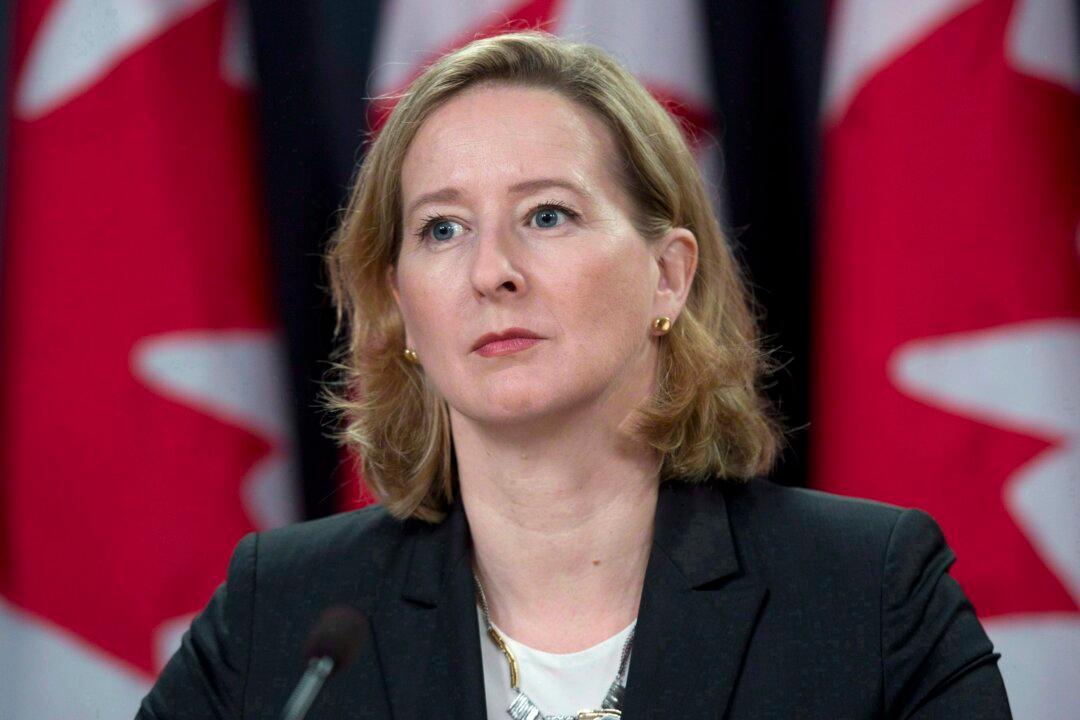OTTAWA—The sharp drop in oil prices has led to falling inflation and rate cuts by the Bank of Canada, but part of the bigger picture is that Canada’s labour market is in rough shape as the economy continues to underperform. What looked like a strong jobs report on Feb. 6 has some deep cracks beneath the surface and it could spur the central bank into cutting rates further.
In a speech to the Ottawa Economics Association at Chateau Laurier on Feb. 10, Bank of Canada senior deputy governor Carolyn Wilkins identified some undesirable characteristics in Canada’s labour market.
But she reiterated that the central bank is prepared to take further action, if needed, to boost the economy to reach its full potential while spurring inflation to get back to the 2 percent target. These results, combined with reaching full employment, are what economists call the “divine coincidence.”
One of the reasons the Canadian economy is operating below capacity is a labour market that has been struggling over the past six years since the onset of the financial crisis. In her speech, titled “Minding the Labour Gap,” Wilkins discussed how measuring slack specifically in the labour market shows greater unused capacity than do broader measures of slack.
The situation is that firms are producing more with less and as a result employment growth last year was less than it could have been. Job growth was about 10,000 a month in 2014, which is roughly 3,500 below potential.
Bad Trends
The Bank of Canada estimates that the excess capacity in the labour market—the “labour gap”—was about 1.5 percent at the end of last year—or roughly 270,000 jobs.
The Bank analyzed the labour gap and found that it is entirely composed of workers aged 15 to 54. This phenomenon established itself post financial crisis and is a turnaround from the prior 15 years where older workers (aged 55 and over) typically contributed the most to the labour gap.
So, the participation rate—the number of people who are either employed or are actively looking for work as a percentage of the total population—of prime age workers (aged 25-54) fell substantially in 2014.





